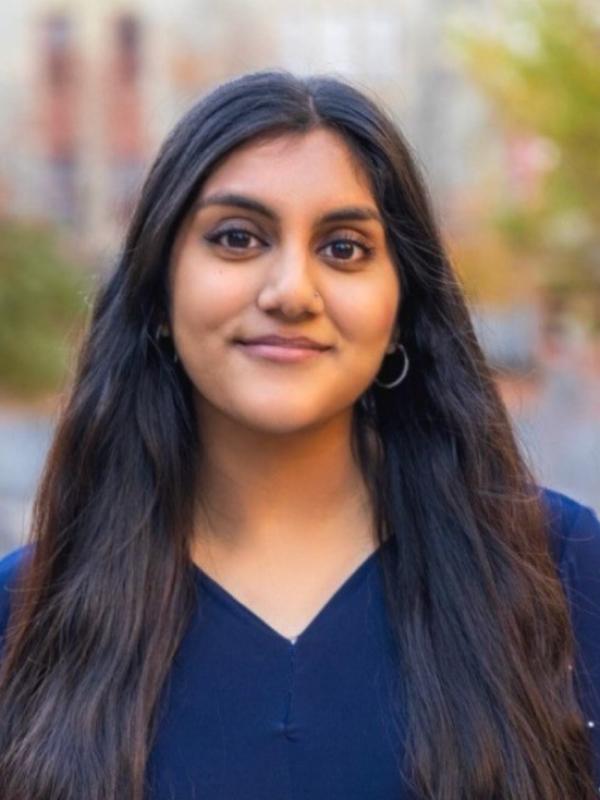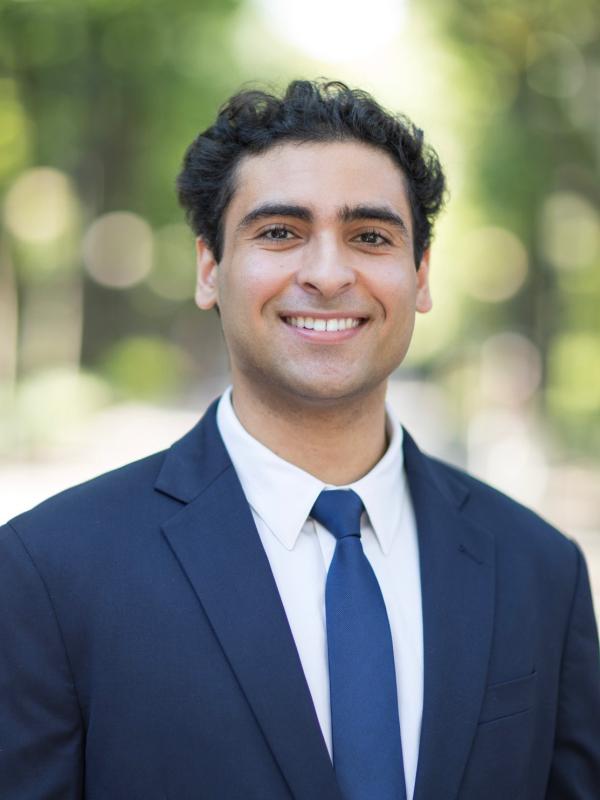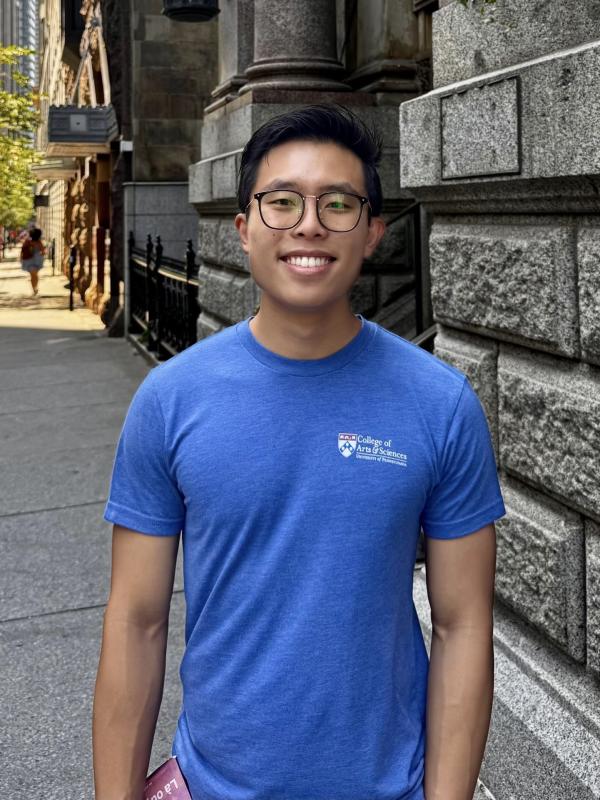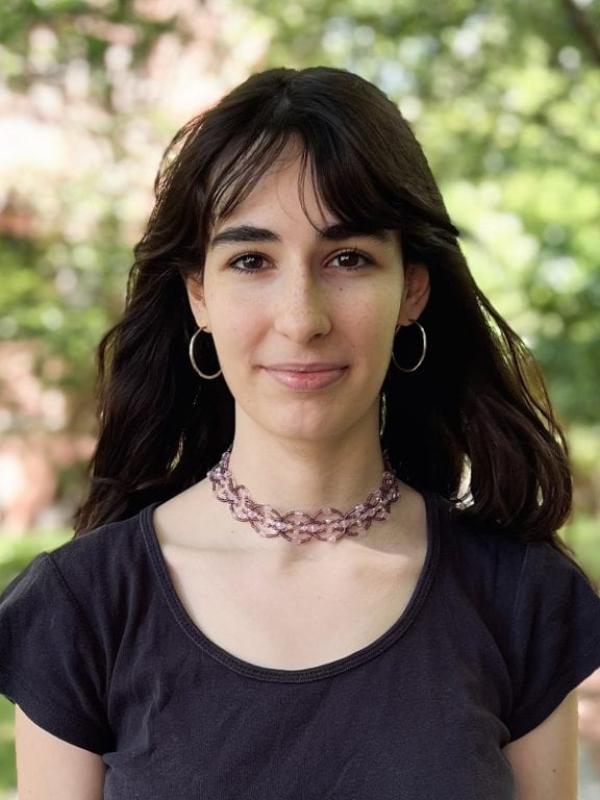
Israel James
I’m interested in how geology can be leveraged as a tool for carbon capture and storage and climate change mitigation. My main research interest is exploring how rocks can naturally store CO₂ through processes like mineral carbonation. During high school, I designed an independent research study testing basalt’s ability to sequester CO₂, which showed promising results in increasing alkalinity in CO₂-infused water. I have also conducted research as an intern in the Staats Lab of the Department of Pathology at Duke University School of Medicine, where I evaluated the impact of small molecule adjuvants on mouse splenocytes compared to Interleukin-1β (IL-1β) immune responses. At Penn, I’m excited to continue research that contributes to natural carbon removal solutions.
I serve on the External Committee for Penn Climate Ventures (PCV), where I help organize events that bring together students, founders, and industry leaders in the climate space. This includes supporting speaker panels, networking sessions, and Penn Climate Week. I also became a Class Ambassador with Penn Traditions, engaging with alumni and fostering school spirit. On the personal side, my faith is central to me, and I’ve found a community with Every Nation Campus (ENC) and Christian Union at Penn.
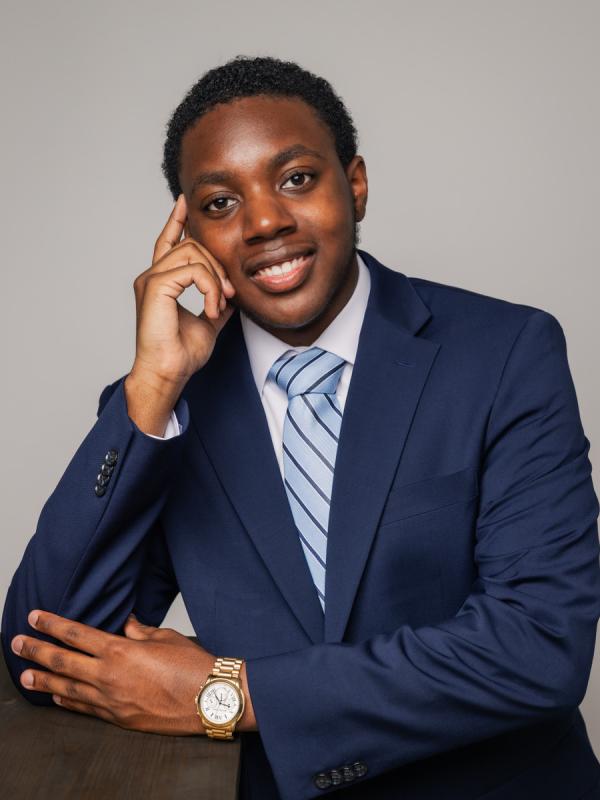

The Neuroscience of Cooperation: Cracking the Brain’s Code for Teamwork
Have you ever wondered how our brains decide when to cooperate, or when to put our own interests first? In my lab, we study the brain circuits that make teamwork possible. To do this, we use treeshrews, small primate-like animals with surprisingly sophisticated decision-making abilities. We train pairs of treeshrews to play a cooperation game based on game theory, where sometimes they must “insist” on their own choice and other times “accommodate” their partner’s. While they play, we record brain activity in regions like the prefrontal cortex and anterior cingulate, which are critical for social decision-making. By combining these behavioral tasks with cutting-edge tools like multi-electrode recordings and optogenetics, we aim to reveal how brain circuits compute fairness, trust, and cooperation. This project offers undergraduates the chance to work hands-on with behavioral training, neural recordings, and data analysis, all while tackling one of the biggest mysteries of social neuroscience.
- Page 1
- Next page
